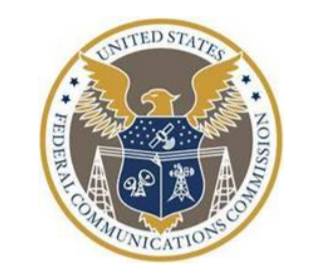The FCC granted Amazon-owned Project Kuiper’s application to modify its license to deploy and operate more than 3,000 non-geostationary orbit (NGSO) satellites providing fixed-satellite service and mobile satellite service to deliver broadband internet.
Specifically, the International Bureau okayed Kuiper’s request for approval of its updated orbital debris mitigation plan. That satisfies a condition the FCC placed on the company in 2020, when the agency conditionally approved Kuiper’s request to deploy and operate its NGSO system.
The bureau required Kuiper to comply with a series of conditions to avoid collisions in space. The Commission’s July 30, 2020 Order conditionally granted Kuiper’s request for authority to operate its FSS system in the Ka-band. It’s licensed to operate on the 17.7-17.8 GHz, 17.8-18.6 GHz, 18.8-19.3 GHz, 19.3-19.7 GHz, 19.7-20.2 GHz, 27.5-28.6 GHz, 28.6-29.1 GHz, 29.1-29.5 GHz, and 29.5-30.0 GHz bands.
To provide mobile satellite service, in addition to fixed-satellite service, Kuiper can operate in the 19.7-20.2 GHz and 29.5-30.0 GHz bands. To use mobile satellite service feeder links, it can operate in the 19.4-19.6 GHz and 29.1-29.5 GHz bands, subject to certain conditions, such as an updated description of Kuiper’s orbital debris mitigation plan.
Competitors in the race to deliver broadband via satellite protested Kuiper’s request. SpaceX urged the FCC to only approve 578 satellites, and defer action on the rest, according to SpaceNews. The bureau rejected that request.
Viasat questioned whether Kuiper adequately addressed, “all potential sources of collision risk, including risks associated from so called lethal, non-trackable debris, i.e., debris that is not routinely tracked primarily due to small size but that can collide with a spacecraft and damage it,” noted the bureau. Kuiper said it would use shielding to protect key satellite components, and the satellites include backup systems, such as independent solar panels and redundant flight computers.
Kuiper must submit regular reports to the Commission and coordinate with operators using similar orbits to avoid collisions in low Earth orbit. The grant comes a few months after SpaceX received conditional approval to launch up to a quarter of its proposed second-generation 30,000 LEO satellites, Inside Towers reported.
By Leslie Stimson, Inside Towers Washington Bureau Chief





Reader Interactions